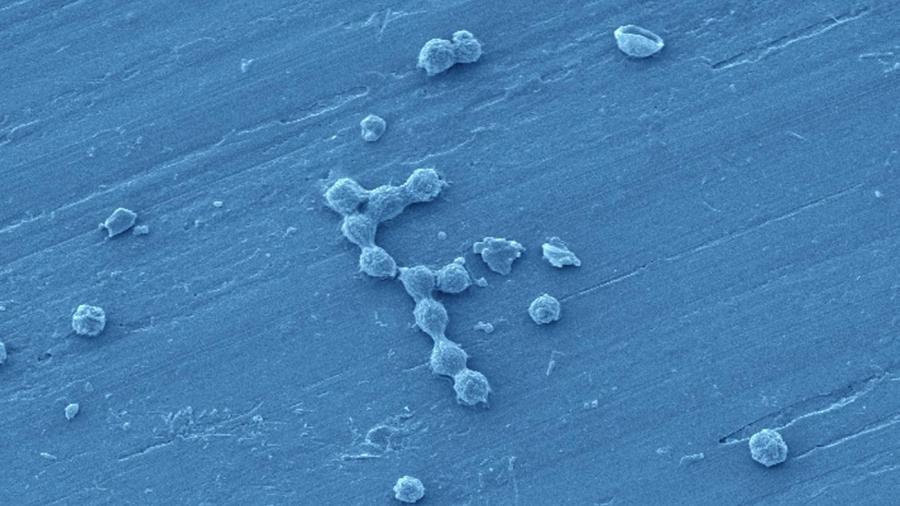What Is the Difference Between a Cyst and an Abscess?

MedlinePlus states that a cyst is closed sac that is filled with air, pus, fluid or debris. An abscess is structurally similar to a cyst, but it is the result of an infection and filled with pus.
According to MedlinePlus, cysts develop on any type of body tissue. Sebaceous cysts are the most common and develop right under the skin’s surface because of clogged sebaceous glands or items stuck in the skin, such as ingrown hairs. WebMD describes cysts as generally painless unless they become irritated or infected or they rupture. Left alone, many cysts resolve on their own, while others require draining, medication to shrink their size or surgical removal.
MedlinePlus reports that abscesses are also found on most types of tissues. Bacterial, viral and parasitic infections lead to abscesses. WebMD states that these infectious agents enter a tissue through pores, glands or minor breaks. Skin abscesses are particularly easy to detect. They are red, raised and painful as a result of the inflammatory response a person’s body dispatches to fight off the infection. Unlike cysts, abscesses rarely resolve on their own, and the infection can spread to neighboring tissues if left untreated. An abscess is treated by draining and cleaning it. Some medical providers also prescribe antibiotics to quell the infection.





